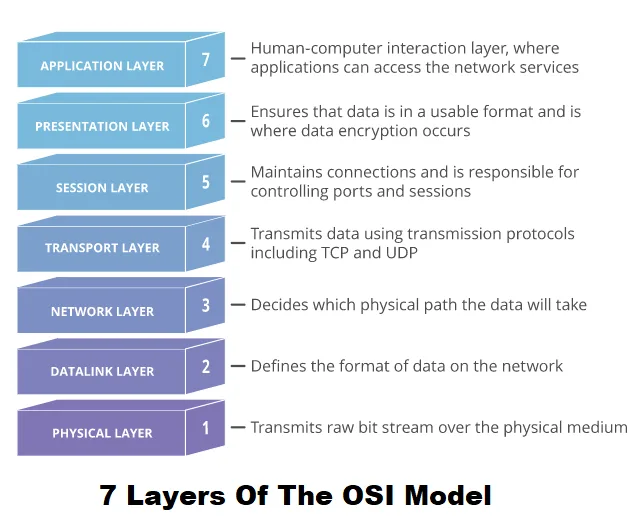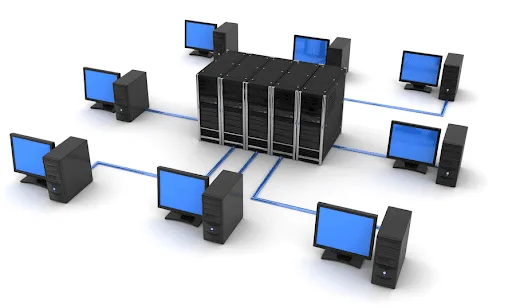The Open Systems Interconnection (OSI) model is an international standard model which characterises and standardises the interaction functions of a computer or telecommunication system without reference to its underlying hardware and architecture. The OSI model divides a communication system into a number of layers, each of which has a unique responsibility. In addition to the physical layer, a typical OSI model also features an information layer, a session layer, a transport layer, application layer, and the applications themselves. The OSI model also allows communication systems to be tied together in the network.
In order to create a fully functional and robust network, it is important to have at least seven layers of transportable information that co-exist in a consistent manner. If these seven layers are weak, it could lead to communication problems that may affect the entire application or even the whole network infrastructure. However, the idea behind the OSI model is to provide an architecture that allows for the application to reuse as much of the existing network infrastructure as possible, while reducing the total number of layers that must be implemented.

First Layer – Physical
Transmits raw bitstream over the physical network
Second Layer – Datalink
Defines the format of data on the the network
Third Layer – Network
Decides which physical path the data will take (Routing)
Fourth Layer- Transport
Transmits data using transmission protocols. (TCP/UDP)
Fith Layer- Session
Maintains connections and is responsible for contolling sessions and ports
Sixth Layer – Presentation
Data Encryption occurs here and ensures it’s in a usable format
Seventh Layer – Application
The human-computer interation layer. This is where applications can access network services
Packet Switching
In telecommunications, packet switching is basically a method of consolidating data that is transmitted over an analog network into smaller packets. Packets are composed of both a header and a payload. The header carries only the non-secret information required by the application software and the receiver of the packet uses the payload to decode and understand the data, which it receives from the transmitter. With this simple operation, packet switching enables data to be transmitted and received at high speeds over wide distances. This is an important aspect of packet switching, which is not well understood by most people.
Basically, packet switching means that a source transmits one or more packets of data which are received on the receiving circuit. The packet receiving circuit then decodes and understands the data, making it possible for the destination system to send back the received data at a rate which corresponds to the speed of delivery of the packet. The process of packet switching is highly efficient and effective. On the other hand, packet switching is also an important aspect of packet switching within the internet. Routers, which transmit data over the internet, are sometimes equipped with packet switching capabilities in order to accelerate the transfer of large volumes of data.
Advantages
There are several advantages of packet switching. This form of connection has the ability to provide fast and convenient connection to various users by allowing them to use only one transmission path, avoiding the use of several different paths. For instance, in a metropolitan area, all the users will need to make use of the same transmission paths in order to send their data to the different places. This results in much less congestion on these communication lines and greatly reduces the operating cost of the connection.







